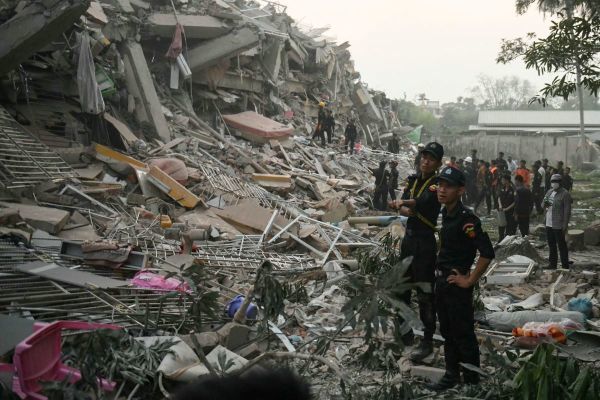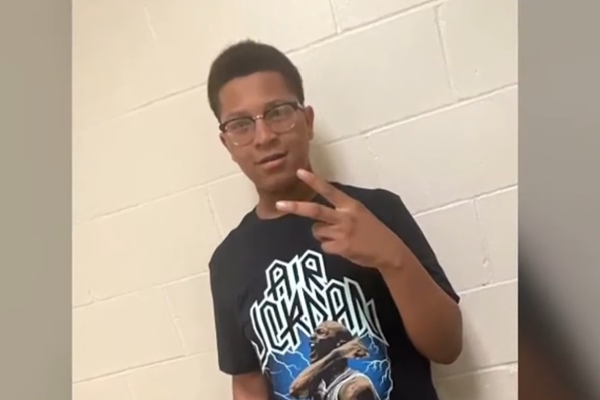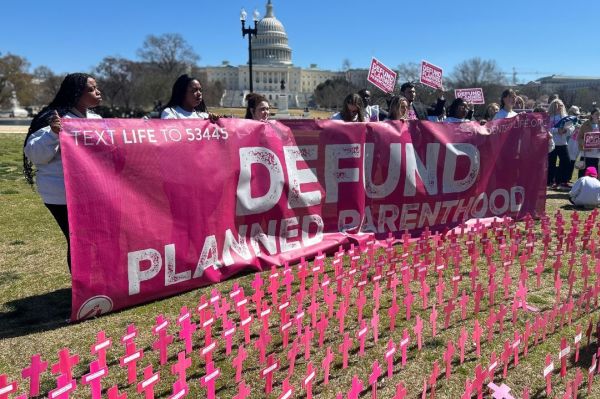Mass Suicide of Peoples Temple Cult at Jonestown Turns 35
It was one of the most disturbing discoveries in the recent history of the Americas. Hundreds and hundreds of bodies throughout an agrarian community, each led to their death by a charismatic leader.
Monday marked the thirty-fifth anniversary of the mass murder-suicide in South America of the Peoples Temple, a sect created in the United States by Jim Jones.
Jones, an ordained Disciples of Christ pastor who was also a professed atheist, led hundreds from his church in California to South America to create a new world called Jonestown.
In the modern day, survivors and services of remembrance mark Monday's dark milestone, and entities like San Diego State University's Jonestown Institute maintain the historical record.
Rebecca Moore, site manager for the Institute and professor at SDSU's Religious Studies Department, told The Christian Post that Jones gained a strong following through his appealing message.
"That message was that there was hope for a new and better society, one in which there was no racism, poverty, discrimination or oppression. People living in the U.S. in the turmoil of the 1960s and 1970s wanted to hear such a message," said Moore.
"At the same time, they were willing to give up power to Jones and to the greater group because of their hope in a better future. They did not relinquish power all at once; rather, they made small ethical and moral compromises at every step of the way."
Moore also told CP that it was "difficult to say what the legacy of Jonestown is," as many messages could be taken from the tragic events.
"Certainly some people view it as symbolic of the danger of cults and new religions. I think it is evidence of the ability of good people to be led astray by their own aspirations to be good," said Moore.
"It is painful to say this, but the victims were also the perpetrators in Jonestown. Jim Jones did not administer the physical abuse, the punishments, the tortures: it was the residents themselves who believed the rhetoric that they repeated, and thus perpetrated abuses on each other."
Drinking the Kool-Aid
Jones was a popular preacher who began the Peoples Temple in the 1950s in Indianapolis. The Temple moved to other locations in California during the 1970s.
His adamant opposition to racism and encouragement of anti-poverty measures attracted many African-American members and created a multi-racial congregation.
While Temple followers became decreasingly critical of their leader, Jones was constantly being attacked from without by people leveling allegations of monetary fraud and child abuse.
To escape the critical American public, Jones and his followers went to the South American nation of Guyana, where Jonestown was established in the 1970s.
There Jones' rule was absolute and unquestioned, with life in Jonestown involving long work hours and increased isolation from the outside world.
In November 1978, U.S. Congressman Leo Ryan of California and several others visited Jonestown in an effort to investigate the conditions there.
The visit ended in violence as Peoples Temple members murdered Ryan and four others in a failed attempt to silence those who had seen Jonestown. Not long after the initial violence, the poisoning began.
Jones encouraged and forced approximately 900 followers to drink poison put within Kool Aid and Flavor Aid drinks. The cliché "drinking the Kool-Aid" derives from the event.
He Lost Perspective
Jones' descent into increasingly paranoid and outrageous behavior, culminating in the mass suicide, is believed to have been the product of a gradual loss of sanity.
Retired psychology professor H. Newton Malony told The Christian Post that had Jones undergone a mental diagnosis he would have likely been declared "narcissistic" or "over-meglomaniac."
"His sense of power overtook his common sense. He lost reasoning power. Only in his latter days did he become sociopathic," said Malony.
"The marks of a cult are not what they believe, but how they act. Jones needed, as most religious groups provide, a group of leaders around him to critique his decisions. He lost perspective."
When asked by CP if another Jim Jones could appear in American history, Malony responded that it was very possible.
"Of course, another Jim Jones could arise," said Malony, adding that "we must always guard against improper use of authority - be it in Peoples Temples or the United Methodist Church."
Remembrance
At present, survivors continue to remember with annual services and memorials erected in honor of the victims, about a third of whom were children.
Moore of SDSU told CP about the two services that came to mind for her, one of which was overseen by a relative who is trying to set up another memorial in honor of those who perished.
"The first, held at 11 a.m., is a more traditional Christian service led by Pastor Jynona Norwood. She is in a dispute with Evergreen Cemetery over the installation of four granite markers that list the names of everyone who died in Guyana that day," said Moore.
"The second, held at 2p.m., is more informal, and is a simple gathering of survivors of Peoples Temple, by which I mean former members, relatives of those who died and friends. This service is less religious, but more meaningful to those who had been part of Peoples Temple because it focuses on the lives of those who died there, rather than on Jim Jones, which tends to be the focus of the first service."






















